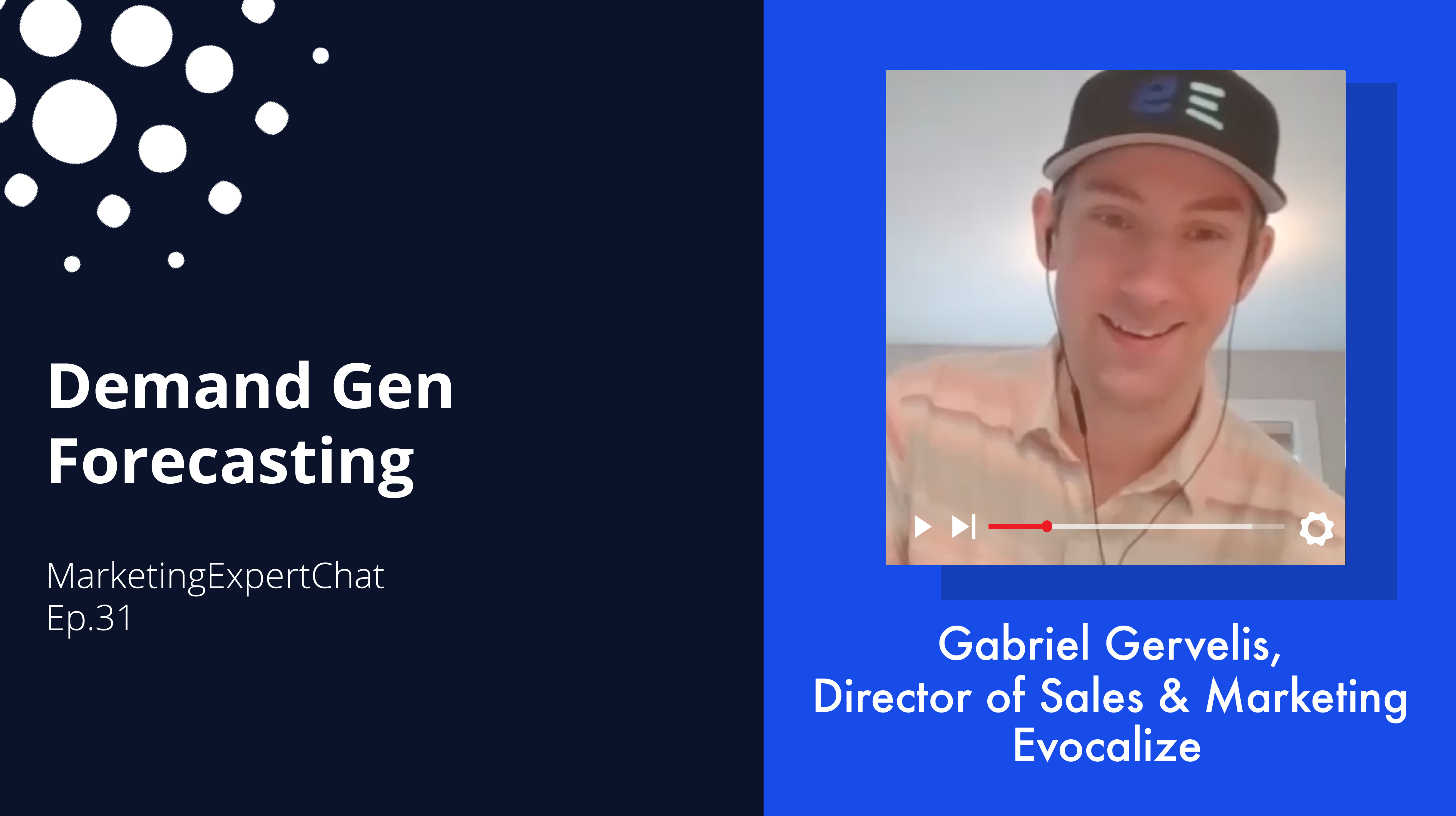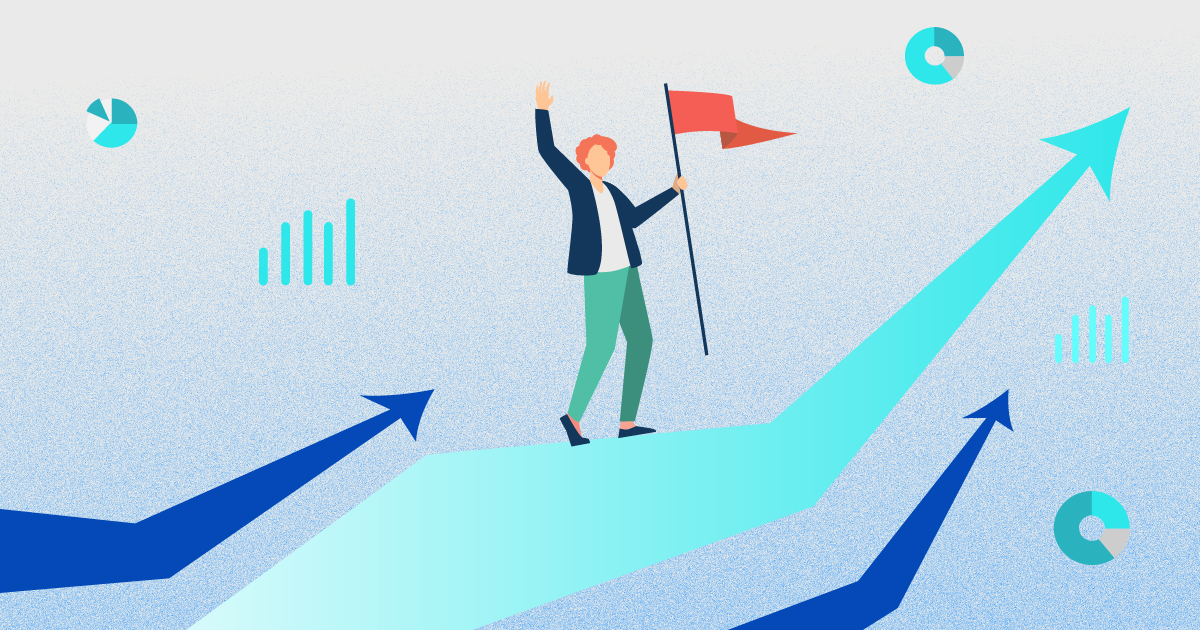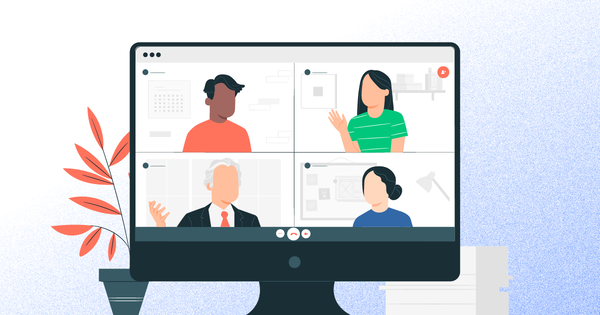Should you hire a marketing agency? If so, what do you look for in an agency? Can this be done with a simple website builder?
These questions are valid. Your website is your biggest marketing asset, as it’s the first touch point for your company for most new visitors.
So, yes – you need to get it right. But sometimes, you also need it done fast.
Enter Growth-Driven Design.
Let’s dive into what Growth-Driven design is, its benefits, and how you can use it to build out your site.
Definition of Growth Driven-Design
Growth-Driven design is a web development method that builds your site through the use of real user data and continuous iteration.
The practice doesn’t involve a site overhaul, large budgets, or uninformed decisions. Instead, it focuses on a series of minor site improvements made over time and by leveraging relevant data – to make informed design decisions.
The idea is that the website – like its users’ needs – is continuously evolving and is never really “done”.
Growth-Driven Design vs. Traditional Web Design
Growth-Driven web design and traditional web design differ greatly.
In terms of approach, traditional web design sees the entire project being completed before launch. But Growth-Driven design explores a different, more agile way to complete the project. It focuses on an early deployment of a “launchpad” site and then shifts focus to making ongoing improvements – based on feedback and data.
These unique approaches lead to differences in time-to-launch. The growth-Driven design offers a much quicker turnaround than traditional web-design practices – because the first launch is just a “launchpad” site.
Differences in development practices lead to differences in costs. Growth-Driven web design utilizes small, ongoing edits to the website – instead of large, one-time development projects.
The role of any growth marketer – among other things– is to make the most meaningful, cost-effective changes possible. Growth-Driven web design also minimizes pre-launch changes because the initial iteration is a “launchpad” site – saving on pre-launch edits and extra development fees.
Lastly, the method places a focus on continuous improvement that traditional web design practices can’t. The idea is to take user data and feedback and make small iterations to the site based on that data.
TIP: Leverage heat mapping tools like Lucky Orange or Hotjar, and study Google Analytics to inform CRO decisions you make.
Benefits of Growth-Driven Design
Perhaps the most important benefit of Growth-Driven Design is the cost savings it affords the business.
But more than that, the design practice allows for more agile development – that helps make a site your users actually enjoy.
It also allows for faster time-to-launch, which is an attractive option for businesses.
Overall, it reduces web design risk. Businesses don’t have to sink serious money into a website project they aren’t even sure will effectively convert site visitors.
Instead, they can pay much less – and make continuous improvements to a site based on real data, so they can be confident they’ll be hosting happy users.
Strategy Phase
This is the portion of the project that sets the foundation for the ever-evolving site. During this phase, you’ll set goals and define success for the project, as well as make your best effort to understand your ideal customer’s preferences – and tailor the site to them.
When you truly understand your buyer, you understand the buyer’s journey. You can tailor site design, site copy, UX, and other website factors to implore them to take the action you want them to take, based on where they are at in their journey. Maybe you want them to book a call, buy a product, or explore certain portions of the site – and that starts with an understanding of the buyer themself.
Here’s how it works:
Time: 14 days.
Before starting development, set SMART goals for the project.
These goals are Specific, Measurable, Attainable, Relevant, and Time-bound.
Additionally, make your best effort to define your users’ persona, and identify their behaviors that might lend themselves to your site.
The goal is to tailor your site to your ideal user. If they’re viewing on mobile – which they likely are – make your site mobile-friendly. If they like traditional color schemes, use them.
Your launchpad site
Time: Up to 90 days.
Here, you’re launching your site’s first iteration – based on the data available to you, and your thoughts on what your user will want.
This won’t be the final version of your site. In Growth-driven Design, there’s never a final version.
Make sure to start tracking as much site data as possible, so that you can make relevant improvements. There’s a lot you can track, and each site will likely do things slightly differently.
Some of the more common metrics and events to track include:
- Page CTR
- Unique user traffic
- Average time spent on page
- Average session duration
- Bounce rate
- Form conversion rates
You can also leverage heat mapping and session tracking software to track anonymous visits to the site to understand how far people are scrolling, where they may be clicking, and more.
With this data, you can start identifying user trends and behavior patterns to help inform the improvements you need to make to the site or specific page.
Note that a user decides whether or not to stay on a website in 0.5 seconds– so collecting this data and implementing changes from it is incredibly important.
Continuous improvement
Time: Ongoing.
From here, you make continuous improvements to your site. As you get updated data, your job is to continue making minor changes for a better user experience.
Track as much data as possible, so you can make informed decisions.
Final Note
Growth-Driven design is a practical approach to web design, and an attractive option to businesses. Its agile, user-centric approach makes your site cost-effective, adaptable, and enjoyable for your user.
If you want help getting started on your Growth-Driven Design journey, reach out to ProperExpression – and we can get you started today.
.png?width=600&height=600&name=Growth%20Driven%20Design%20(1).png)






